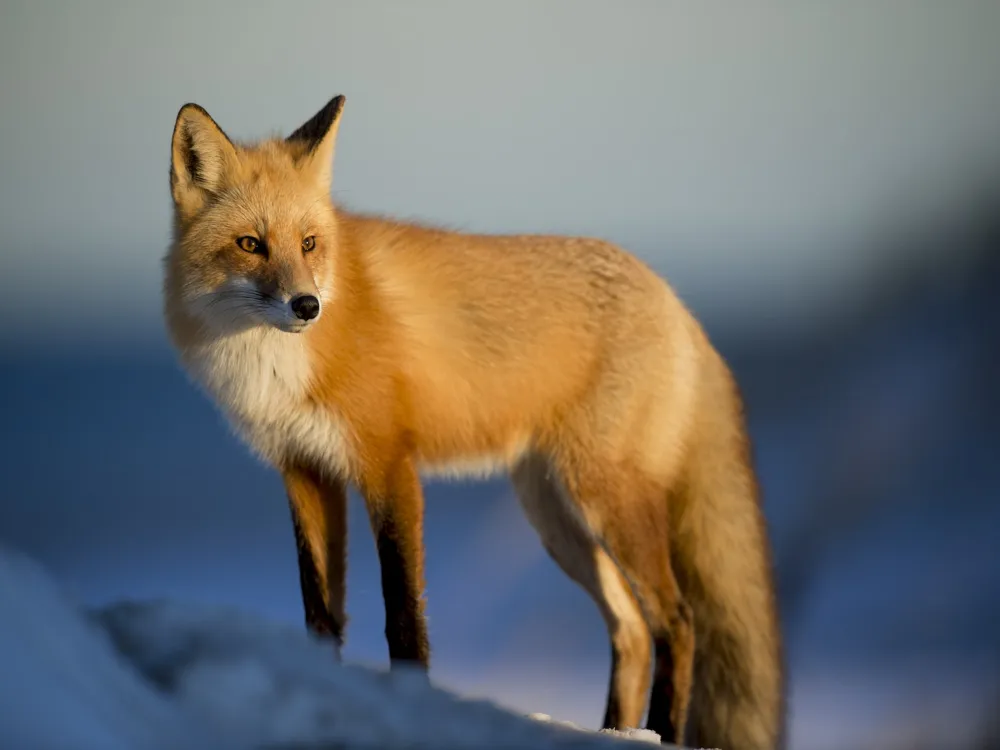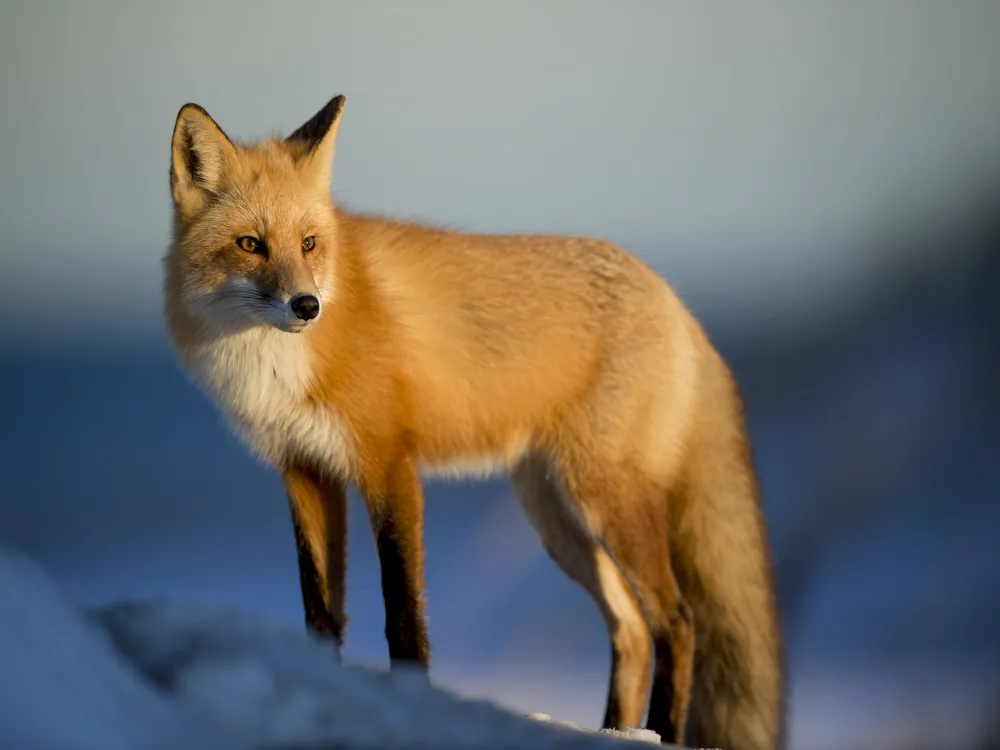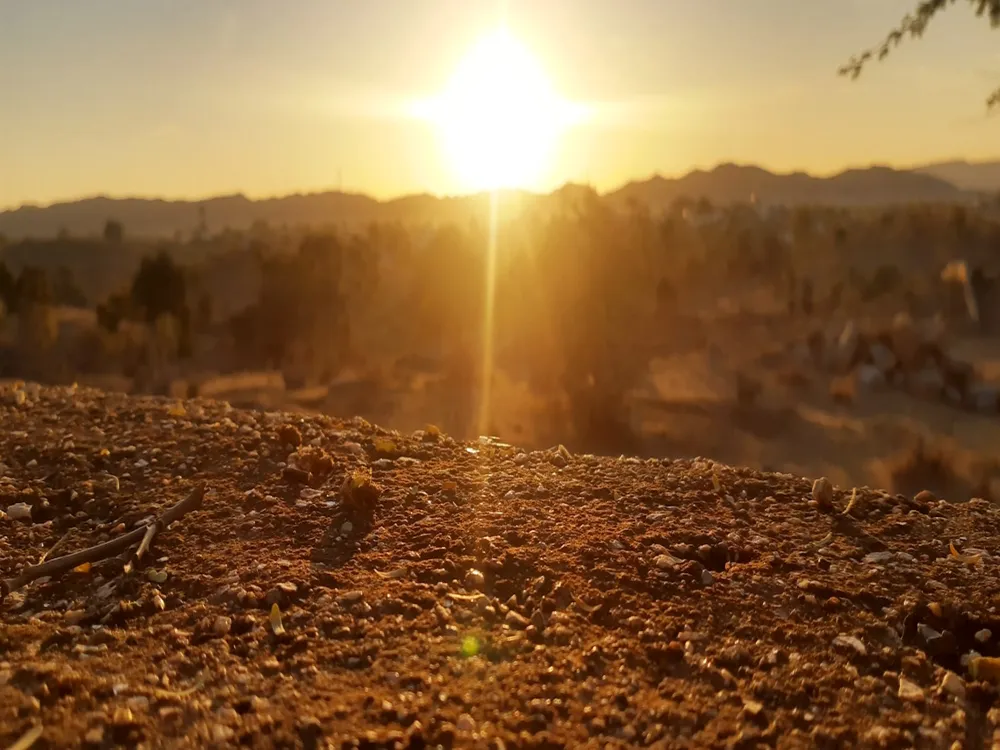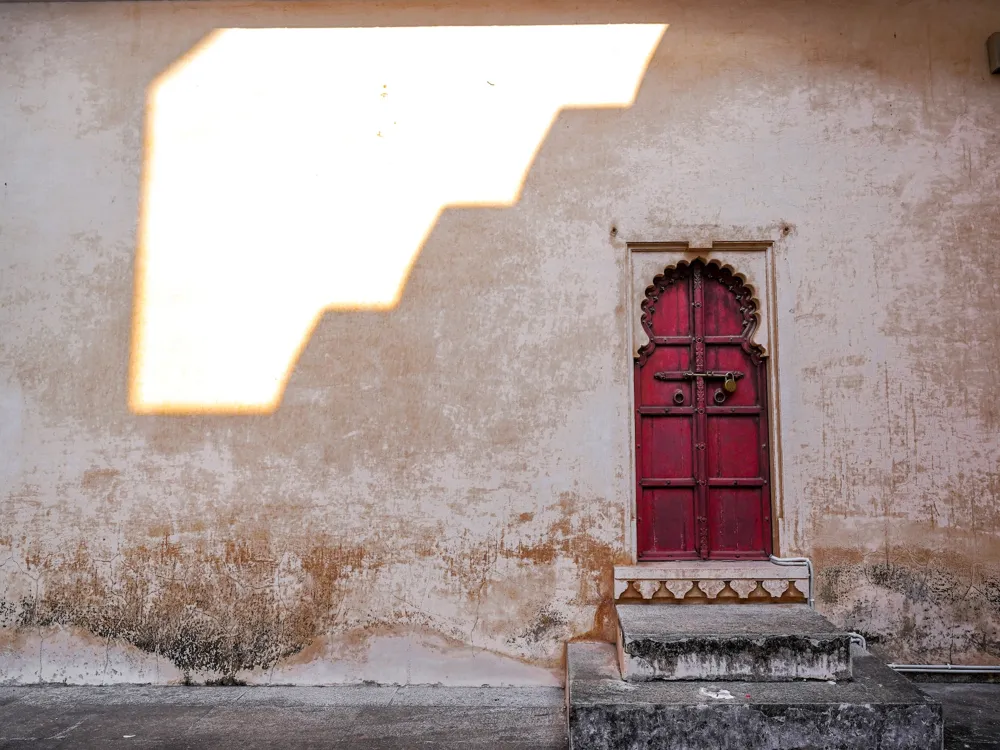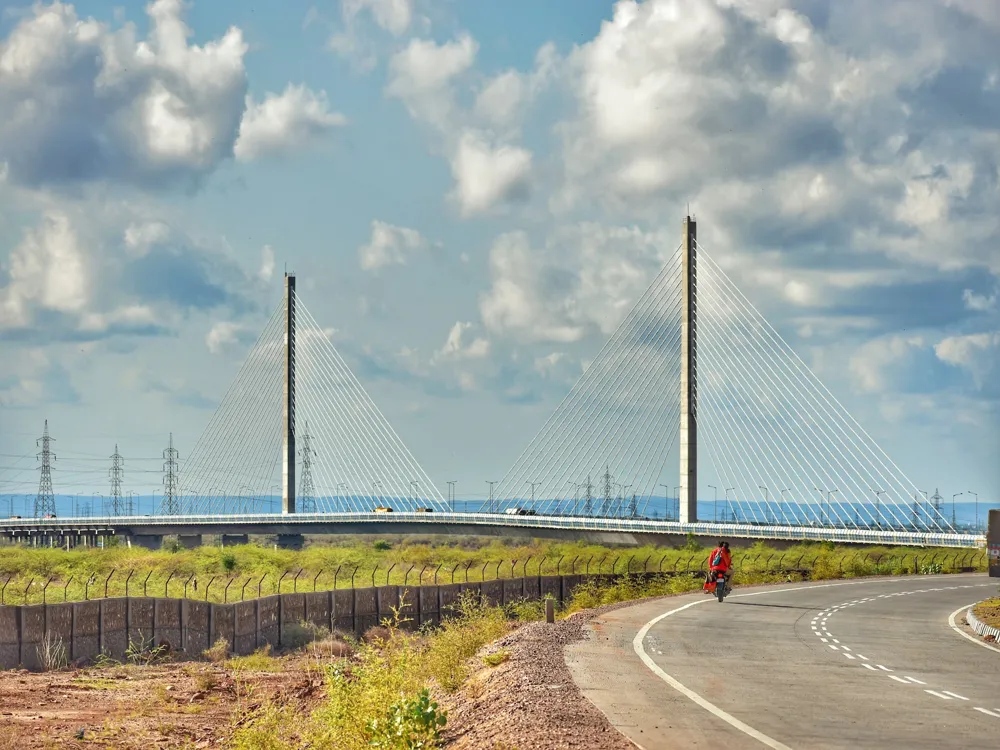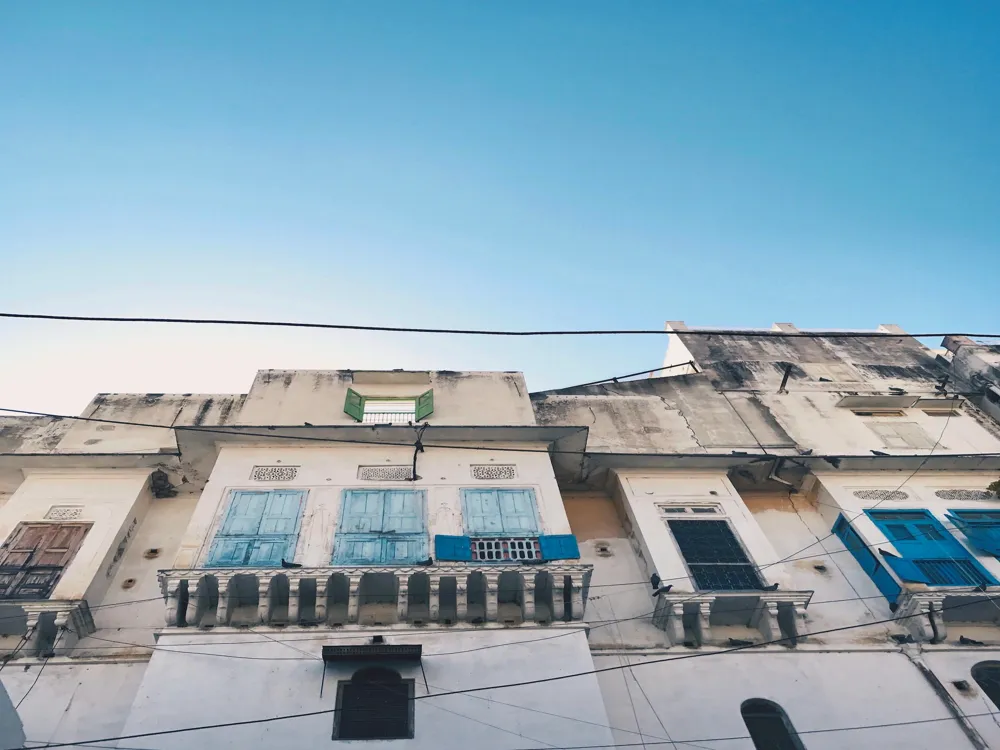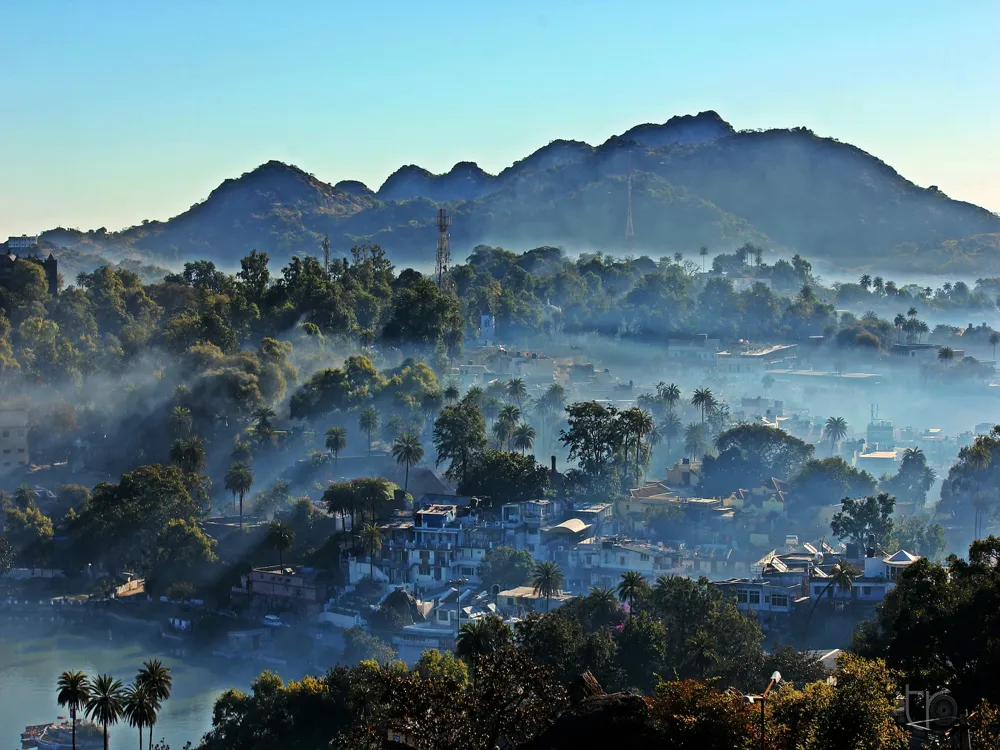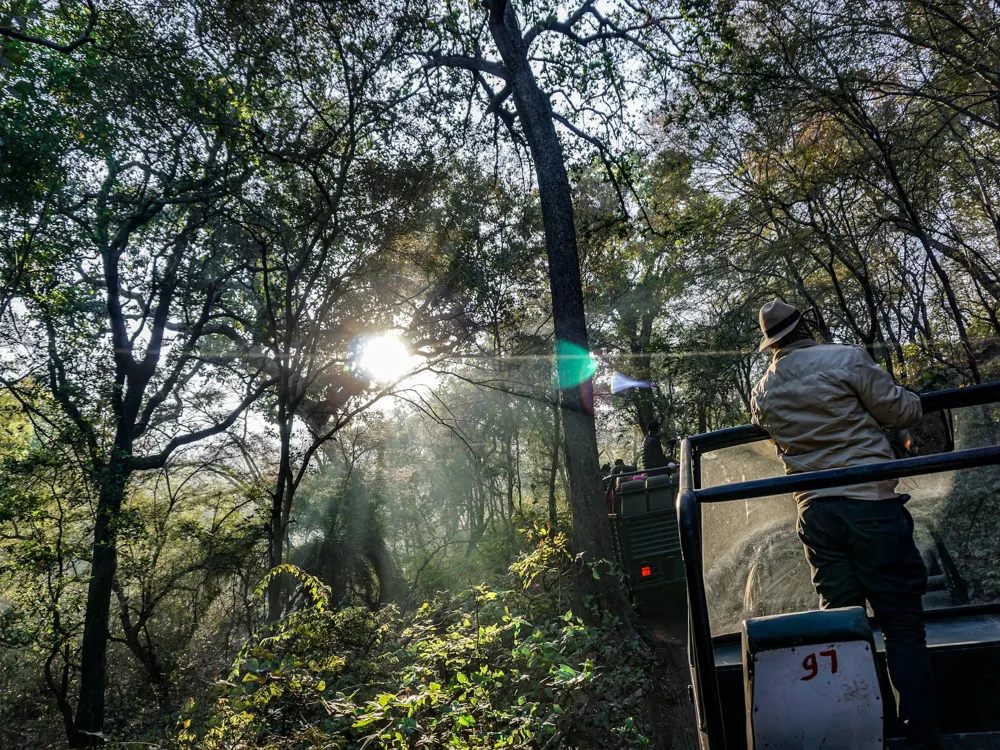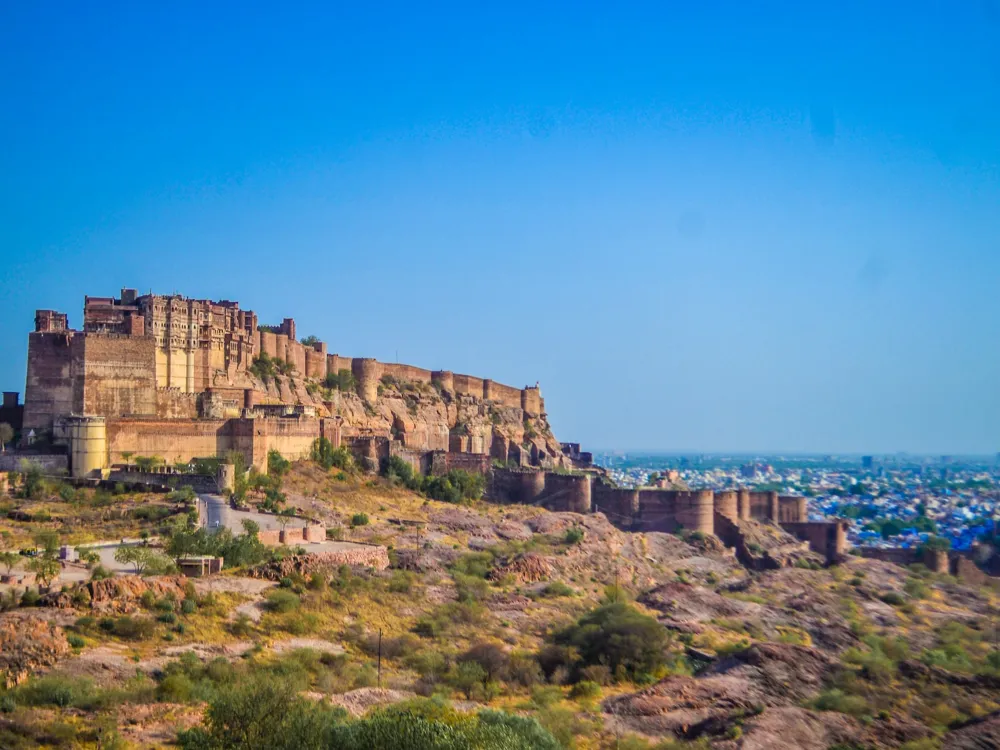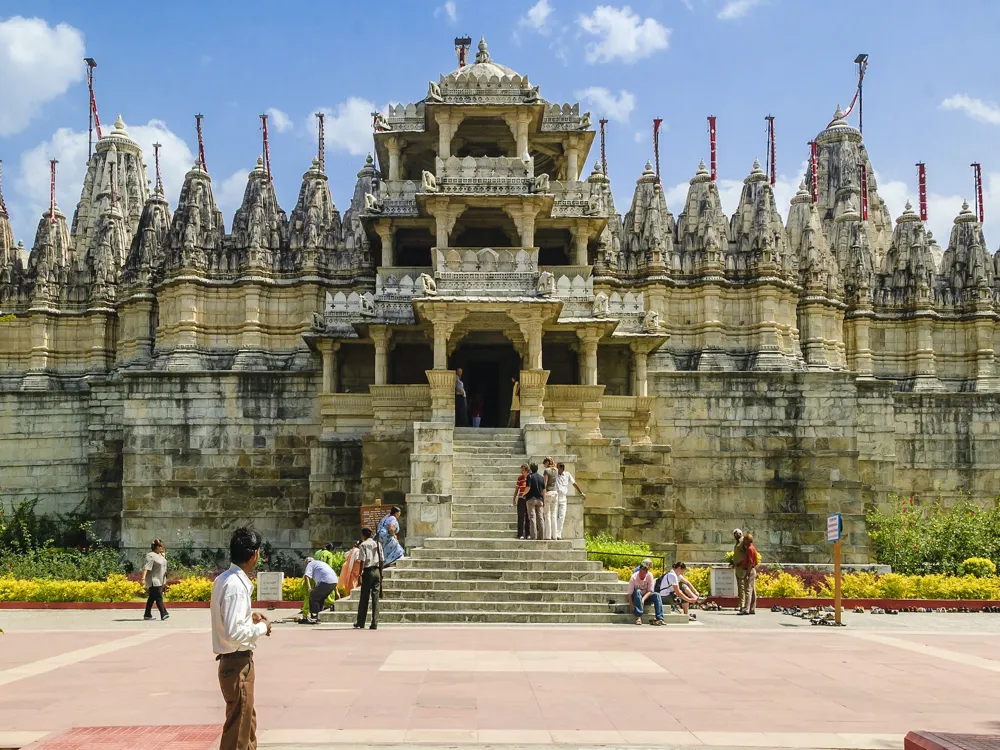Chittorgarh, a symbol of Rajputana pride and valor, stands majestically in Rajasthan, India. This ancient city is a treasure trove of history, narrating tales of heroism and sacrifice. It is renowned for its massive fort, which is a UNESCO World Heritage Site. Chittorgarh's history is marked by battles and sieges, but it's also a story of resilience and perseverance. The city was the capital of Mewar and is adorned with historical monuments and architectural marvels. The tales of Queen Padmavati and Maharana Pratap, synonymous with Chittorgarh, continue to inspire generations. Today, Chittorgarh is not just a symbol of past glory but also a testament to Rajputana culture and tradition, attracting tourists from across the globe. The architecture of Chittorgarh is a fascinating blend of strength and elegance. The Chittorgarh Fort, perched atop a hill, is the most striking example. Built in the 7th century, the fort sprawls over 700 acres and is accessible through seven massive gates. Each structure within the fort tells a unique story, be it the Vijay Stambh (Victory Tower) or the Kirti Stambh (Tower of Fame). The Vijay Stambh, erected by Maharana Kumbha to commemorate his victory over Mahmud Khilji, stands 37 meters high and is adorned with intricate carvings of Hindu deities. In contrast, the Kirti Stambh, dedicated to the first Jain Tirthankara, reflects Jain architectural sensibilities. The fort's palaces, like Rana Kumbha Palace and Padmini's Palace, blend Rajput and Mughal architectural styles, showcasing intricate balconies, windows, and murals. The fort's architecture is not just about grandeur; it's a chronicle of Chittorgarh's resilience, with each stone narrating tales of bravery and endurance. The ideal time to visit Chittorgarh is between October and March. During these months, the weather is pleasant, making it easier to explore the vast fort and its surroundings. Chittorgarh offers a range of accommodation options, from budget stays to luxury hotels. Staying near the fort can be advantageous as it provides easy access to the main attractions. For navigating around Chittorgarh, options include local buses, taxis, and auto-rickshaws. Hiring a taxi for a day is a convenient way to cover all major tourist spots. Opting for a guided tour can enrich your experience, as local guides offer insights into Chittorgarh's history and legends that are not found in guidebooks. Respecting local customs and traditions is important. Dress modestly, especially when visiting religious sites, and always ask for permission before taking photos of locals. Rajasthani cuisine is a must-try, with local dishes like Daal Baati Churma and Gatte ki Sabzi offering a unique taste of the region's culinary heritage. Chittorgarh is well-connected by road, rail, and air. The nearest airport is Maharana Pratap Airport in Udaipur, about 90 km away. Regular trains connect Chittorgarh to major Indian cities, and the city is also accessible by a network of national and state highways. For those who prefer a more scenic route, driving to Chittorgarh can be a delightful experience, offering glimpses of Rajasthan's rustic beauty.Overview of Chittorgarh, Rajasthan
Architecture of Chittorgarh
Tips When Visiting Chittorgarh
Best Time to Visit
Accommodation Options
Local Transportation
Guided Tours
Cultural Etiquette
Food and Cuisine
How To Reach Chittorgarh
Fateh Prakash Palace
Chittorgarh
Rajasthan
₹ 9,200 onwards
View chittorgarh Packages
Weather :
Tags : Forts & Palaces
Time Required : 2 hours
Planning a Trip? Ask Your Question
Also Refered As:
fateh Prakash palace Museum
Chittorgarh Travel Packages
View All Packages For Chittorgarh
Top Hotel Collections for Chittorgarh

Private Pool

Luxury Hotels

5-Star Hotels

Pet Friendly
Top Hotels Near Chittorgarh
Other Top Ranking Places In Chittorgarh
View All Places To Visit In chittorgarh
View chittorgarh Packages
Weather :
Tags : Forts & Palaces
Time Required : 2 hours
Planning a Trip? Ask Your Question
Also Refered As:
fateh Prakash palace Museum
Chittorgarh Travel Packages
View All Packages For Chittorgarh
Top Hotel Collections for Chittorgarh

Private Pool

Luxury Hotels

5-Star Hotels

Pet Friendly







